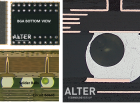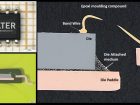As the typical length in integrated circuits decreases, thermal management is becoming a key factor in determining the reliability and lifetime of such systems. Furthermore, micrometric and submicrometric objects in integrated circuits modify local heat transport and may form unintentional hot spots. Thus, the accurate measurement of the local temperature with the micrometric spatial resolution is crucial to confirm the proper operation of highly integrated systems.
Why Raman Thermometry
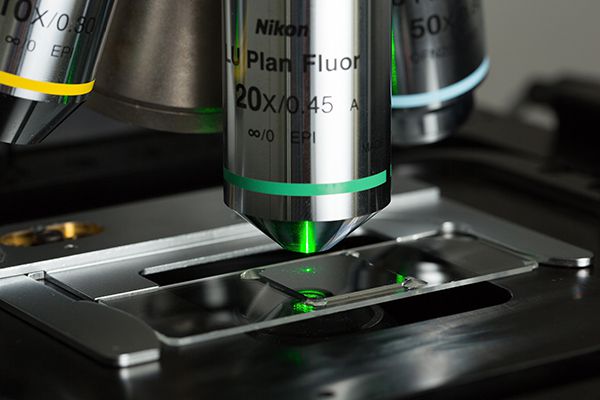
Raman thermometry is a thermal characterization technique that uses Raman scattering phenomena to determine the local temperature in microelectronics systems.
Non-contact character.
- High spatial resolution (sub-micron scale).
- In-depth analysis of IR-transparent samples.
- Fast acquisition time, 10 ms to 1 s of exposure to acquiring a full Raman spectrum.
- Temporal resolution as short as hundreds of nanoseconds in dedicated systems
Thanks to these advantages, Raman thermometry is commonly used to study semiconductor devices, polymers, batteries, life sciences, and more.
Diagram of Raman Scattering Processes
In their spectroscopic facet, Raman techniques are extensively used for the identification of chemical compounds as well as the characterization of the bond structure and solid-state structure of the investigated materials. On the other hand, Raman microscopy has proven to be a valuable tool for determining the local temperature in heterogeneous systems. In the most common approach for this application, both the Stokes and Anti-Stokes peaks are registered, and their relative intensities (IS and IAS) are correlated to the local temperature of the illumination spot according to the following equation in case solid-state semiconductors; where the and are the frequencies of the Stokes and Anti-Stokes modes, and is the frequency of the generated/annihilated phonon.

Practical Applications
Raman thermal imaging of integrated circuits or other microelectronic devices provides useful information about temperature gradients. The images below show the thermal maps acquired by Raman thermometry in the case of AlGaN/GaN HFET when applying 40V (VSD) and ISD = 25 mA. The Raman thermal maps are registered at different depths; in the GaN layer (boom left) and in the SiC layer (bottom right). The figure illustrates the formation of a hot spot under the region between the gain and the drain that affects in a lesser extent to the temperature distribution within the SiC underlayer.
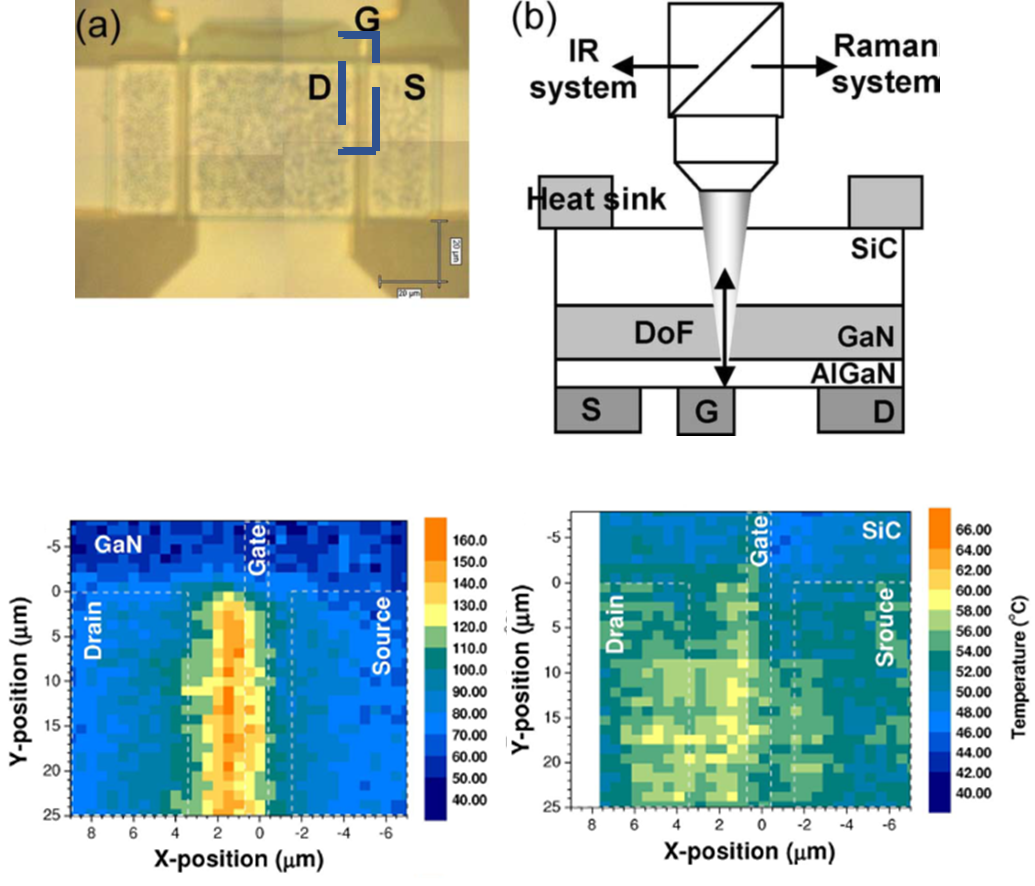
IEEE TRANSACTION ON ELECTRON DEVICES 0018-9383
Raman temperature map of GaN and SiC layers in an operative HFET systems
Although the technique is generally applied to steady-state temperature mapping, it is also eventually used to characterize the transient-state temperatures during pulse operation. Time-resolved Raman thermography can measure temperature transients with nanosecond temporal resolution.

IEEE TRANSACTION ON ELECTRON DEVICES 1530-4388
Time-resolved Raman thermography on 125 microns HEMT located area
The figure shows the transient thermal response of a GaN-on-SiC HEMT measured using time-resolved Raman thermography. It is shown that there is a high-temperature peak between the gate an the drain which leads to the formation of steady state hot spot.
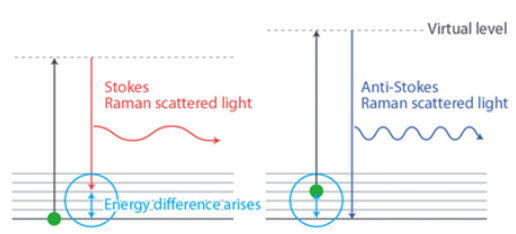
How it works
Raman thermometry is based in the inelastic scattering that a minority of IR phonons experience when they impinge onto a material with the suitable energy to interact with the lattice (phonons) quantized vibration levels. As it is illustrated in the figure during this an unstable “virtual state” is generated and a photon is immediately elastically or inelastically (Raman) scattered. In turns, within Raman scattering we can distinguish between two phenomena, i) Stokes Raman scattering when the emitted photon has lower energy than the incident beam and (phonon generation) ii) Anti-Stokes Raman scattering in which the generated photon absorbs energy from the system (phonon annihilation).
- Scanning Acoustic Microscopy on Ceramic Capacitors - 18th May 2020
- Non-destructive detection of micrometric internal features within EEE microelectronic systems. - 3rd September 2019
- Acoustic Inspection of Hybrid Systems on Laminated Substrates - 3rd September 2019


